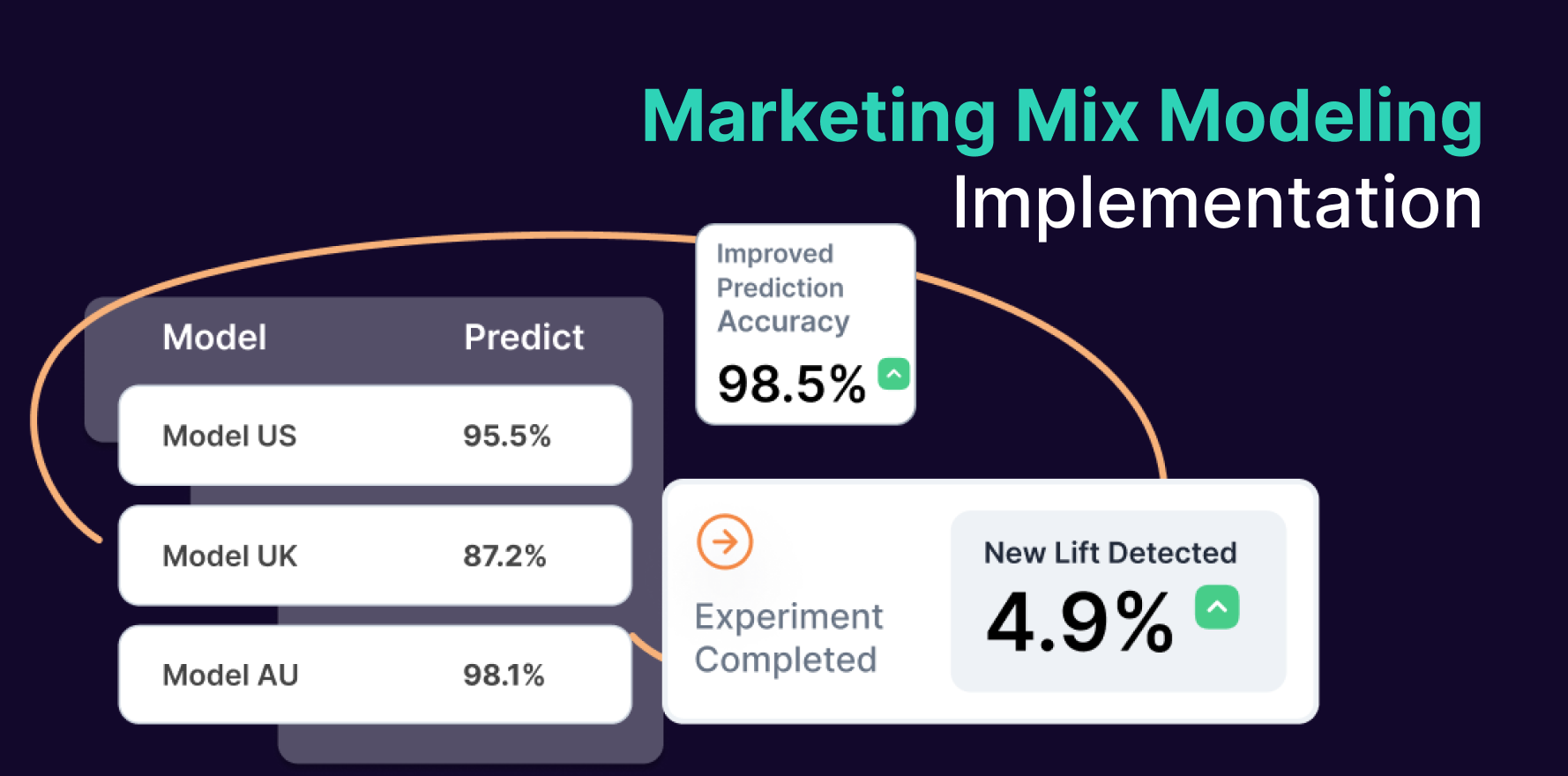What is Viral coefficient?
The Viral Coefficient is a critical metric that is useful in measuring the virality of a product or a service during a specific time frame. In an eCommerce context, it signifies the ability of existing customers to generate new ones via referrals, social media shares, reviews, and various other viral marketing strategies. It quantifies the degree to which a product, campaign, or service is ‘viral’ and is inherent to measuring the efficiency of viral growth campaigns.
Formula
Viral Coefficient = Number of Invitations Sent per User * Conversion Rate of Invitations
Example
Consider that an eCommerce business has 100 customers and each customer invites three friends to shop from the site. If one friend from each group of invitees becomes an active customer, then the Viral Coefficient becomes 1 (3*33.33%), signifying that each established customer is obtaining exactly one fresh customer.
Why is Viral coefficient important?
An understanding of the Viral Coefficient offers numerous insights for your eCommerce business. It helps indicate the overall efficiency of the customer acquisition process. It aids in predicting future growth and can serve as a critical determinant of sustainability for startup ventures. A Viral Coefficient higher than 1 indicates exponential growth, which is an excellent sign for any eCommerce business.
Which factors impact Viral coefficient?
Many factors can impact the Viral Coefficient. These include the quality of the product or service, the user interface/experience, the effectiveness of the incentives offered for sharing, the reach of the sharing mechanism used, and the overall market saturation.
How can Viral coefficient be improved?
Improving the Viral Coefficient typically involves boosting the number of invitations sent out by active customers and/or improving the conversion rate. This can happen by offering incentives for sharing, making it easy for customers to share your product, creating compelling content or products that people naturally want to share, and continually refining your user experience to maximize conversions.
What is Viral coefficient’s relationship with other metrics?
The Viral Coefficient closely correlates with other eCommerce metrics. An increased Viral Coefficient can lead to a higher customer lifetime value (CLTV) as it can bring in customers at a lower cost. Furthermore, it impacts the customer acquisition cost (CAC), as a high Viral Coefficient reduces the CAC. It shares an indirect relation with the churn rate; if customers are pleased enough with the product or service to refer others, they’re more likely to remain with the business for a longer duration.
Free essential resources for success
Discover more from Lifesight






















































